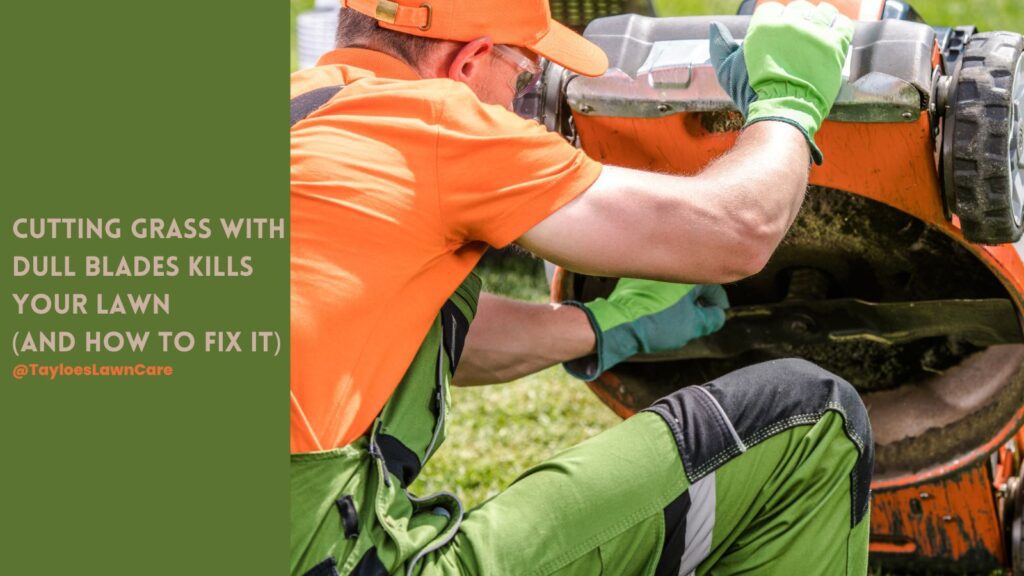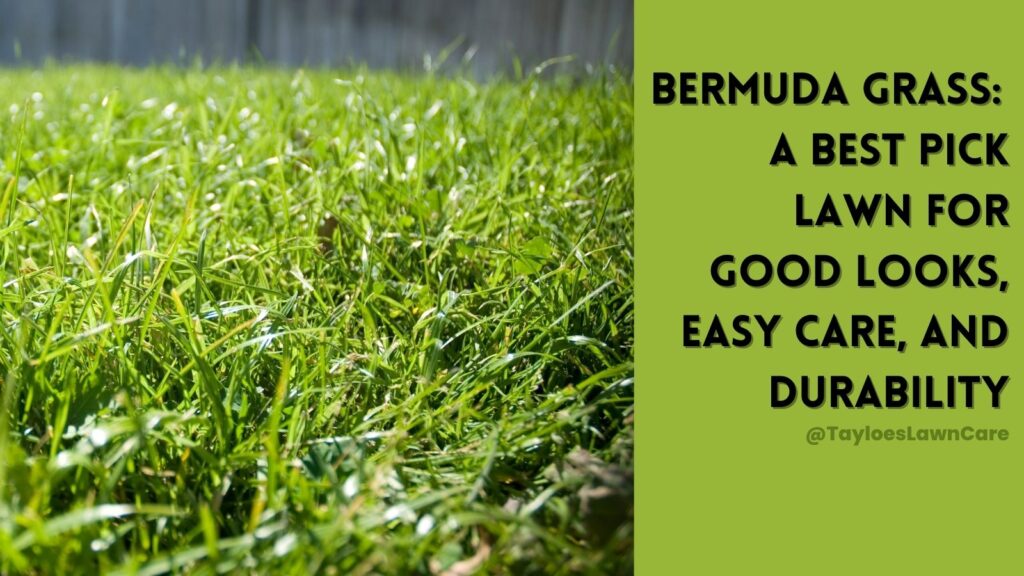Last Updated on: 9th December 2023, 01:40 pm
Infertile soil often occurs after the soil compacts.
Homeowners in northeastern North Carolina (USDA zones 7 & 8) often struggle with soil compaction. This common issue can negatively impact the health and appearance of lawns across the region. This article will provide a thorough, science-backed, and friendly guide to help you identify, prevent, and remediate compacted soil in your lawn.
Understanding Soil Compaction
Before you can fix compacted soil, you need to understand the science behind the problem entirely.
Definition and explanation of soil compaction
Soil compaction is the process by which soil particles become densely packed together, reducing the space between them. This can lead to decreased pore space, essential for air, water, and nutrient movement within the soil. Compacted soil can make it difficult for plant roots to penetrate and grow, resulting in a less healthy and attractive lawn.
Causes of compacted soil
But what causes compacted soil?
Natural factors (climate, soil type)
Several natural factors can contribute to soil compaction, including your area’s climate and soil type. Heavy rainfall, for instance, can cause soil particles to settle and become more compact. Clay soils are more prone to compaction due to their fine texture and high water-holding capacity.
Human activities (foot traffic, construction, heavy equipment)
Human activities can also cause soil compaction. Foot traffic, construction, and heavy equipment usage can all contribute to the compaction of soil particles. Thus, each can lead to a less-than-healthy lawn.
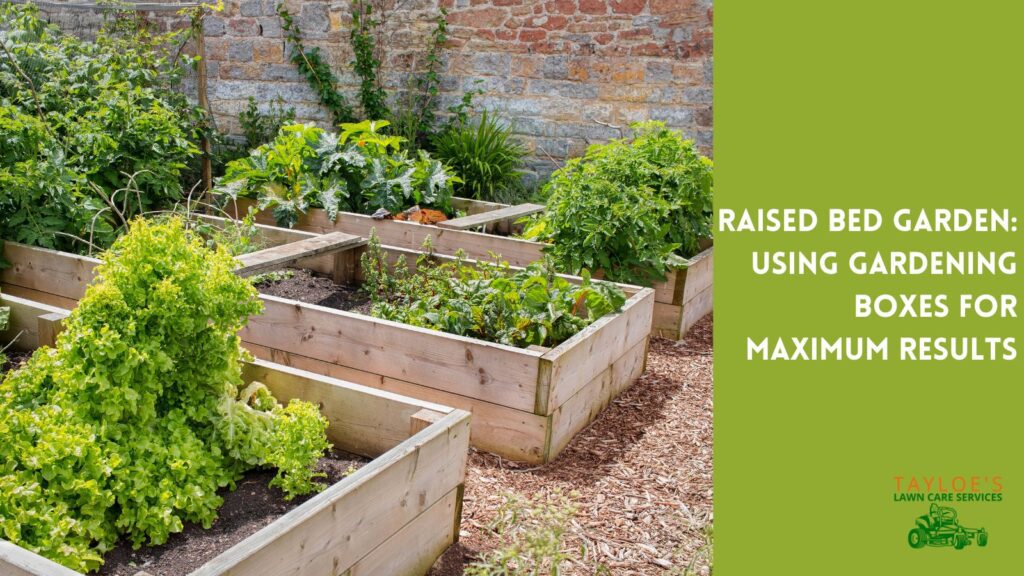
Effects of soil compaction on lawn health
Root growth inhibition
Compacted soil makes it difficult for plant roots to penetrate and grow. This can result in shallow root systems, making your lawn susceptible to drought and other stressors.
Water infiltration and drainage issues
Compacted soil can reduce water infiltration rates, leading to saturated areas and runoff. This can create an environment conducive to diseases and pests. It can also deprive your lawn of the water it needs to thrive.
Nutrient deficiency
Compacted soil can also inhibit the movement of nutrients within the soil. That makes it difficult for plants to access the nutrients they need for growth and overall health.
Identifying Compacted Soil
Signs of soil compaction in your lawn
Poor grass growth and thinning
Poor grass growth and thinning are often the most noticeable signs of compacted soil. If you notice areas of your lawn that are consistently underperforming despite proper care, soil compaction may be the culprit.
Water puddling and runoff
Compacted soil can lead to water puddling on the surface and increased runoff, as water cannot infiltrate the soil effectively. If you notice these issues in your lawn, it may be a sign of soil compaction.
Difficulty in pushing a soil probe or screwdriver into the ground
A simple test to check for soil compaction is to attempt to push a soil probe or screwdriver into the ground. Compaction may be an issue if it’s difficult to penetrate the soil.
Importance of soil testing for diagnosing compacted soil
How to perform a soil test
A soil test can help you diagnose soil compaction and other lawn issues. To perform a soil test, collect soil samples from different lawn areas, removing any grass or debris from the surface. Combine the samples in a clean container, and then send them to a local soil testing lab or use a home soil testing kit. The results will provide valuable information about your soil’s composition, pH, and nutrient levels.
You can purchase soil test kits on Amazon or at any local hardware store–they arrive with a polybag or box to send in the samples.
Interpreting soil test results
When you receive your soil test results, look for compaction indicators, such as high bulk density, low organic matter content, or poor soil structure. The test results may also provide recommendations for improving your soil’s health, such as adding organic matter or adjusting nutrient levels.
Soil Types in Northeastern NC (USDA Zones 7 & 8)
Overview of common soil types in the region
Sandy loam
In northeastern North Carolina, sandy loam is a common soil type. This well-draining soil comprises sand, silt, and clay particles and is generally less prone to compaction than clay soils. However, it can still become compacted due to heavy traffic or other factors.
Clay-sand mix soils
Soil with a mix of clay and sand is also typical in this region. They’re also more susceptible to compaction than sandy loam. That’s because of their fine texture and high water-holding capacity. These soils can benefit from adding organic matter and other amendments to improve their structure and reduce compaction.
Soil characteristics and their impact on compaction
Soil texture
The proportion of sand, silt, and clay particles in your soil comprises soil texture. This factor plays a significant role in the risk of compaction. Soils with a higher percentage of clay particles are more prone to compaction due to their delicate texture and ability to hold water.
Soil structure
Soil structure, or the arrangement of soil particles, also impacts compaction. Well-aggregated soils with good structure are less prone to compaction because they have more stable pore spaces allowing air and water movement.
Organic matter content
Soils with higher organic matter content are generally more resistant to compaction, as organic matter helps to improve soil structure and create a more favorable environment for plant roots and beneficial soil organisms.
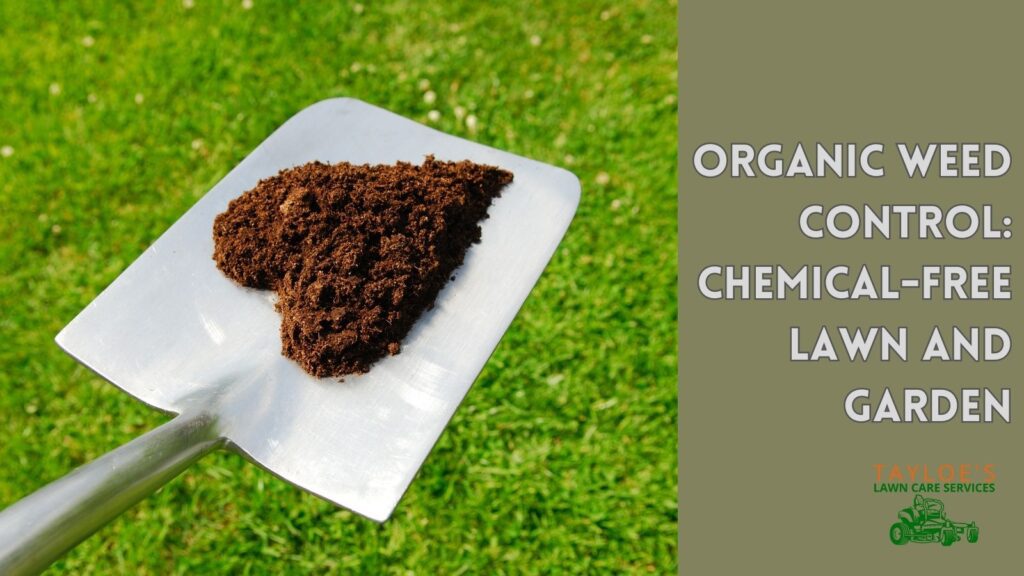
Preventing Compacted Soil
Proper lawn care practices
Mowing techniques
Avoid mowing when the soil is wet when mowing your lawn, as this can contribute to compaction. Also, vary your mowing pattern to prevent creating ruts and repeatedly compacting the soil in the same areas.
Watering practices
Water your lawn deeply and infrequently to encourage deep root growth and reduce the risk of compaction. Avoid overwatering, as this can lead to soil saturation and compaction.
Fertilization and soil amendments
According to your soil test results and local recommendations, apply fertilizer and soil amendments, such as compost. This will help to improve soil health and reduce the risk of compaction.
Reducing foot traffic and heavy equipment use
Limit foot traffic and heavy equipment on your lawn, especially when the soil is wet. Designate specific pathways for foot traffic and use temporary fencing or other barriers to protect lawn areas prone to compaction.
Encouraging healthy soil structure and biology
Adding organic matter
Adding organic matter, such as compost or well-rotted manure, can help improve soil structure and reduce compaction. Organic matter improves the aggregation of soil particles, creating a more favorable environment for plant roots and beneficial soil organisms.
Promoting soil microorganisms
Healthy soil teems with beneficial microorganisms that help break down organic matter and improve your soil structure. Encourage their presence by maintaining proper soil moisture, avoiding the overuse of synthetic chemicals, and adding organic matter to your soil.
Remediation of Compacted Soil
Core aeration
What it is and how it works
Core aeration is a mechanical process that removes small soil cores from your lawn, allowing air, water, and nutrients to penetrate deeper into the soil. This can help alleviate soil compaction, encourage deeper root growth, and improve lawn health.
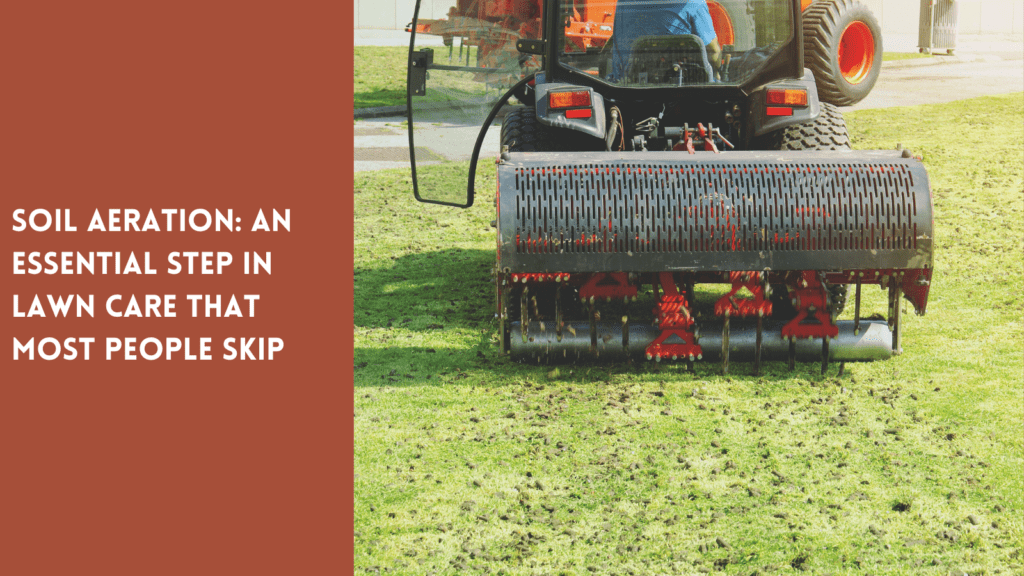
When and how often to aerate
Core aeration is typically recommended once or twice a year. It depends on the level of compaction and soil type in your lawn. The best time to aerate in northeastern North Carolina is during the fall, when the grass is actively growing, and temperatures are cooler.
DIY vs. professional aeration services
While renting aeration equipment and aerating your lawn yourself is possible, many homeowners prefer to hire a professional lawn care service to ensure the job is done correctly and efficiently. Tayloe’s Lawn Care Services offers expert aeration services tailored to your lawn’s needs.
Topdressing with compost or other soil amendments
Topdressing your lawn with compost or other soil amendments can help improve soil structure and alleviate compaction. Apply a thin layer of organic material, such as compost or well-rotted manure, to your lawn after aeration to enhance its benefits.
Overseeding to improve grass growth in compacted soil
Overseeding your lawn after aeration can help fill in thin or bare areas and improve your grass’s overall density and appearance. Choose a grass seed blend well-suited to your region and soil type for best results.
Using plants with deep roots to break up compaction
Planting deep-rooted cover crops or perennials can help break up compacted soil and improve soil structure. Some options include clover, alfalfa, and certain native plants that are well-adapted to northeastern North Carolina’s climate and soil conditions.

The Takeaway: Compacted Soil Is Challenging, But Good Turf Management Practices Can Help
At Tayloe’s Lawn Care Services, we understand the importance of addressing soil compaction to maintain a beautiful lawn. Our team is dedicated to using the latest research and best practices to help homeowners in northeastern North Carolina achieve their lawn care goals.
We offer customized lawn care plans considering our region’s unique challenges and conditions, including soil compaction. Our experts will assess your lawn’s needs and develop a tailored plan to help you achieve a healthier, more beautiful lawn.
If you struggle with soil compaction or other lawn care issues in northeastern North Carolina, we’re here to help. Contact Tayloe’s Lawn Care Services today to discuss your lawn care needs and learn how our team of experts can help you achieve a healthier, more beautiful lawn. Text or call us: 252.287.3376.
Author Profile

- Deborah Tayloe is the CEO and co-founder of Tayloe's Lawn Care Services, LLC. She has a B.S.Ed and holds certificates in soil and water management and herbology from accredited programs.
Latest entries
 Trees and ShrubsApril 22, 2025Boxwood Blight: Early identification and isolation
Trees and ShrubsApril 22, 2025Boxwood Blight: Early identification and isolation Flower GardenApril 8, 2025John F. Kennedy Rose: Hybrid tea rose with elegant white blooms
Flower GardenApril 8, 2025John F. Kennedy Rose: Hybrid tea rose with elegant white blooms Vegetable GardenMarch 24, 2025Trellis vegetables provide an abundant vertical garden harvest
Vegetable GardenMarch 24, 2025Trellis vegetables provide an abundant vertical garden harvest GardeningMarch 17, 2025Are coffee grounds good for compost?
GardeningMarch 17, 2025Are coffee grounds good for compost?





